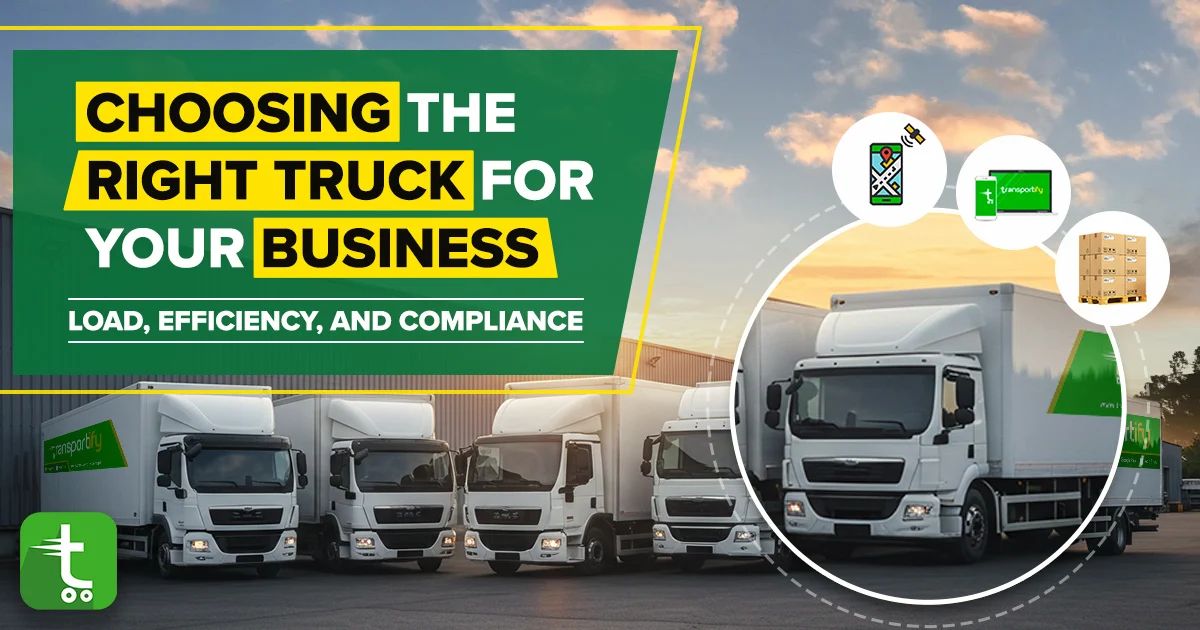
Before you commit to buying or leasing for a right truck, several key factors can make or break its usefulness, cost-effectiveness, and suitability to your operations in a truck business. Below are the criteria + steps to help you pick well.
The choice of a commercial truck is one of the most critical investments for businesses in logistics, construction, retail distribution, and agriculture. Trucks not only move goods but also determine efficiency, sustainability, and long-term operational costs. In the Philippines, where diesel accounts for more than 42% of refined fuel use in transportation (2023, Department of Energy), choosing the right vehicle affects both profitability and regulatory compliance.
This blog explores how truck businesses can align truck selection with operational needs, cost structures, and market shifts, backed by real data and insights from the growing logistics industry.
Cost and Fuel Efficiency in Truck Business Operations
The Eco‑Run Challenge tested fuel consumption across truck classes:
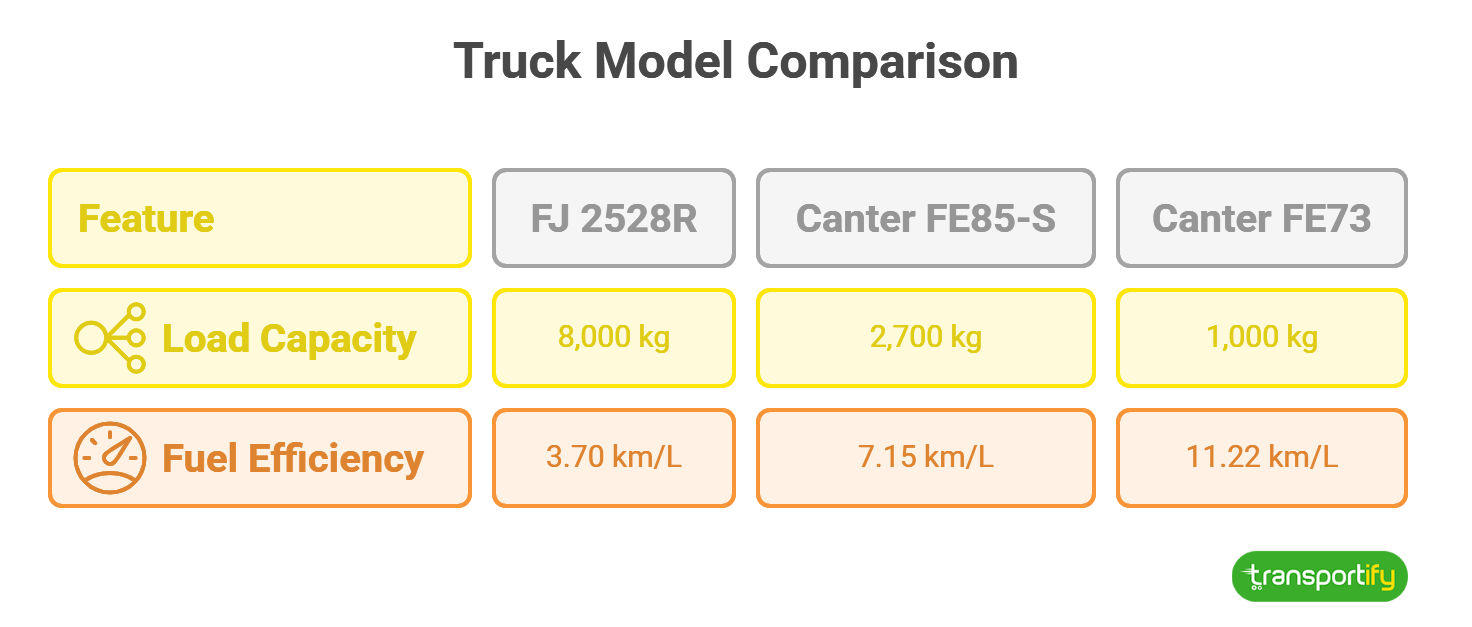
What are the most significant cost contributors to truck operations?
The most significant expenses beyond the initial purchase typically include fuel consumption (30–40%), maintenance (15–20%), and driver-related costs (10–15%). Insurance, taxes, and depreciation round out the list. According to the Land Transportation Office (LTO), fuel fluctuations remain the number one financial pain point for transport operators in 2023.
How does truck class affect fuel efficiency?
Light-duty trucks such as the FE73 achieve higher mileage per liter but are unsuitable for bulky or heavy goods. By contrast, heavy-duty trucks like the FJ 2528R may burn more fuel, but can carry up to eight times more weight. Businesses must match loads carefully to reduce “empty miles” or underutilization.
Why is diesel the dominant truck fuel in the Philippines?
Diesel dominates due to higher torque output, lower cost per liter, and better availability in provincial areas. The Department of Energy reports diesel accounts for over 60% of road fuel used by trucks and buses, making it the backbone of long-haul and regional logistics in the archipelago.
Align The Right Truck Choice With Load Requirements and Route Conditions
Efficiency directly correlates with load and terrain. A 1,000 kg load on a light truck achieves 11.22 km/L, whereas an 8,000 kg load on a heavy-duty vehicle only manages 3.70 km/L. Businesses entering the trucking business must analyze their route maps and delivery frequency to optimize fleet selection.
What load profiles do light vs. heavy trucks suit best?
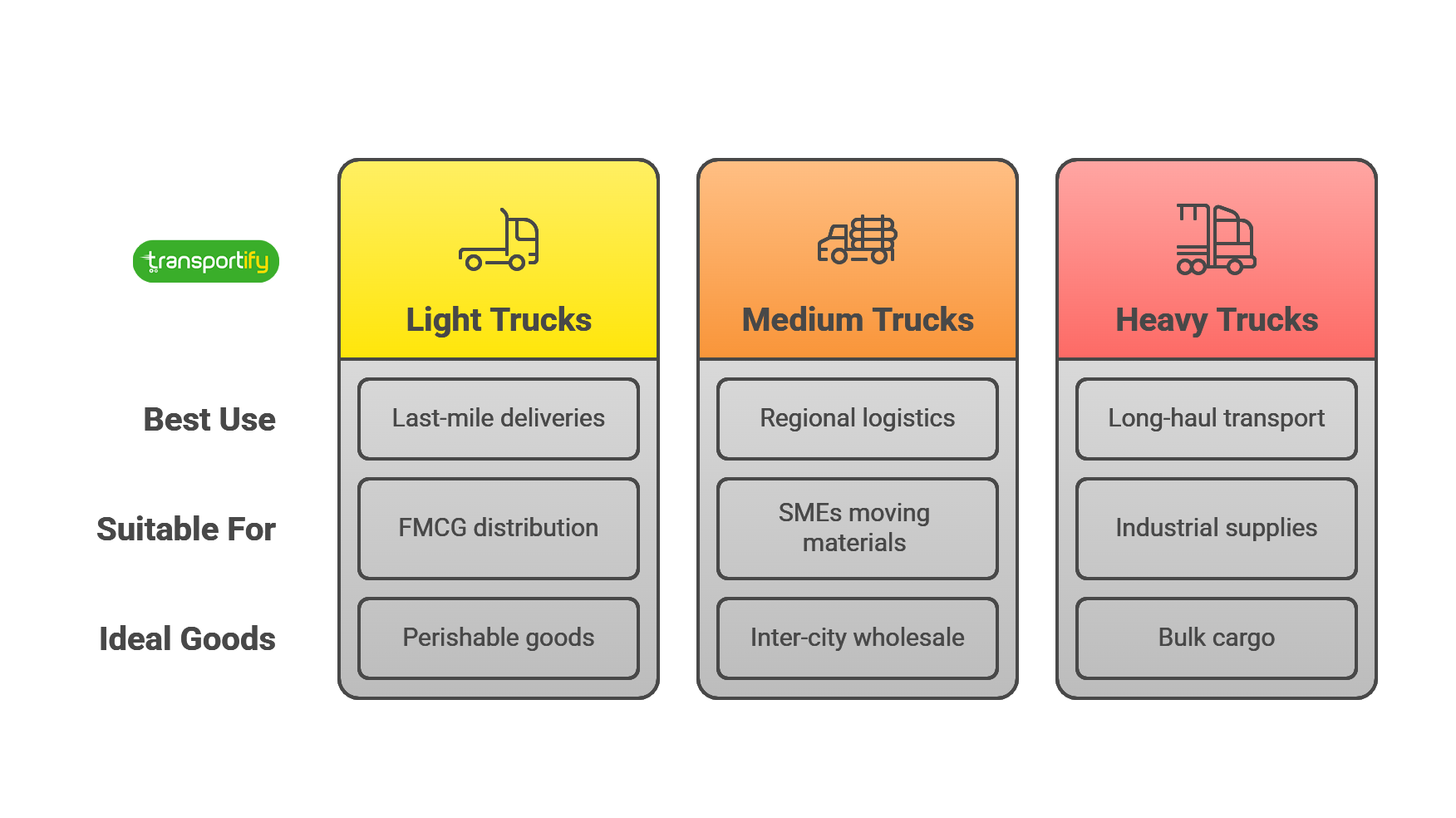
- Light trucks (below 2 tons): Best for last-mile deliveries, FMCG distribution, and perishable goods transport in cities.
- Medium trucks (2–5 tons): Ideal for regional logistics, SMEs moving construction materials, or inter-city wholesale goods.
- Heavy trucks (5+ tons): Used for long-haul, industrial supplies, and bulk cargo like cement, steel, and fuel.
How does road condition influence truck wear and fuel use?
Poorly paved provincial or mountain roads increase tire wear and suspension stress, raising maintenance frequency by 15–25% compared to highway use. Trucks with reinforced suspension, higher ground clearance, and reliable braking systems are more cost-effective over time.
Are smaller trucks more cost-effective for urban routes?
Yes. In densely populated cities such as Metro Manila, smaller trucks save time by navigating restrictions on heavy vehicles (nighttime-only operations, truck bans). They also fit into tighter loading docks, reducing idle times that increase fuel use.
Factor in Regulatory Compliance and Environmental Policies
The Philippine government has introduced stricter emissions rules under its Public Utility Vehicle (PUV) modernization program. New regulations require Euro 4-compliant engines for trucks and buses, while blending biodiesel with diesel is mandatory at refueling stations. According to DOE Circular 2023-05-0016, fuel economy labeling is now also required for new vehicles.
What emission standards must trucks meet in 2025+?
Trucks must meet at least Euro 4 emission standards, limiting harmful particulates and sulfur content. Future policies may transition to Euro 5 or Euro 6 standards between 2026–2030.
How does the Euro 4 requirement impact truck purchasing?
Buyers must ensure engines comply before registration approval. Non-compliant trucks face higher excise tax, road restrictions, or resale difficulties. This elevates brands like Isuzu, Mitsubishi Fuso, and Hyundai that already offer compliant models.
What future fuel regulations might affect truck fleets?
Higher biodiesel blend mandates (B3 to B5 blend expected by 2025)
Stricter urban emission zones (potential bans on older Euro 2 vehicles)
Mandatory vehicle telematics monitoring for fuel economy
For truck businesses evaluating trucking requirements, compliance is now a top consideration alongside cost.
Monitor Trends in the Philippine Commercial Vehicle Market
The Philippine commercial vehicle market is forecasted to reach USD 15.39B by 2030, growing at a 9.52% CAGR. Increased demand is driven by booming e-commerce, construction expansion, and the rise of last-mile delivery networks.
What types of trucks are seeing the fastest adoption?
- Light commercial vehicles (LCVs): Models like the Mitsubishi L300, Hyundai H100, and Isuzu Traviz dominate SME fleets.
- Refrigerated trucks: Growth fueled by food and pharmaceutical e-commerce logistics.
- Electric trucks: Early adoption in NCR for sustainability-conscious logistics startups.
How is demand changing in last-mile logistics?
With Metro Manila generating over 60% of e-commerce parcel volume in 2023, demand for small vans, mini-trucks, and motorcycles with higher payload integration is rising rapidly.
How do market trends affect truck resale value?
Brands with fuel-efficient Euro 4 engines and strong after-sales service (e.g., Isuzu, Toyota, Mitsubishi) retain value up to 20% better compared to older-generation models.
For SMEs comparing options, understanding growth in contract logistics companies provides insights into which truck assets retain value.
Enroll Your Van or Truck and a Driver in Transportify
Once you’ve chosen the right truck for your operations, the next step is to turn your vehicle investment into a consistent revenue stream. One of the easiest ways to do this in the Philippines is by enrolling your truck, and a qualified driver, into on-demand delivery platforms like Transportify.
How does the enrollment process work?
Transportify’s enrollment is straightforward and can be done online or through its accredited offices:
- Prepare your vehicle documents
- OR/CR or Certificate of Registration
- Valid insurance documents
- Proof of emission compliance (Euro 4 or higher, if applicable)
- Register your driver
- Professional driver’s license
- Government-issued IDs
- Clean NBI or police clearance for background verification
- Vehicle inspection and branding
- Your truck or van undergoes a quick inspection for safety and condition
- Application of Transportify branding decals may be required, depending on program type
- Download and activate the app
- Once approved, both the truck and driver are uploaded into Transportify’s system
- You can immediately start accepting bookings for same-day deliveries, scheduled logistics jobs, or even full truckload contracts.
 |
What are the benefits of enrolling in Transportify?
- Instant access to demand: Tap into thousands of SMEs, retailers, and contract logistics companies already using the platform
- Flexible operations: Accept trips that match your schedule, preferred routes, and capacity
- Reliable payment system: Drivers and operators receive earnings directly, reducing the waiting time common in traditional trucking arrangements
- Reduced idle time: Keep your truck running and profitable even during off-peak seasons when private contracts are low
Why this is the “easiest part” of starting a truck business
Unlike the complex process of selecting, purchasing, registering, and insuring your truck, enrolling with a logistics network ensures your asset is immediately integrated into the wider market ecosystem. For new operators, this creates a faster return on investment (ROI) while building credibility and operational experience in the industry.
In short, choosing the right truck is just step one. The next, and often easier, step is leveraging platforms like Transportify to put your truck to work and start generating income.
 | or |





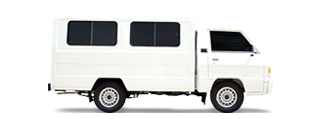

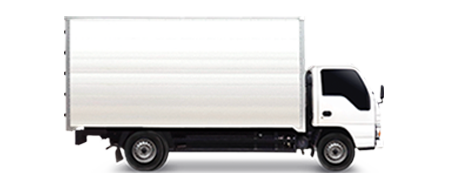

 Chat
Chat